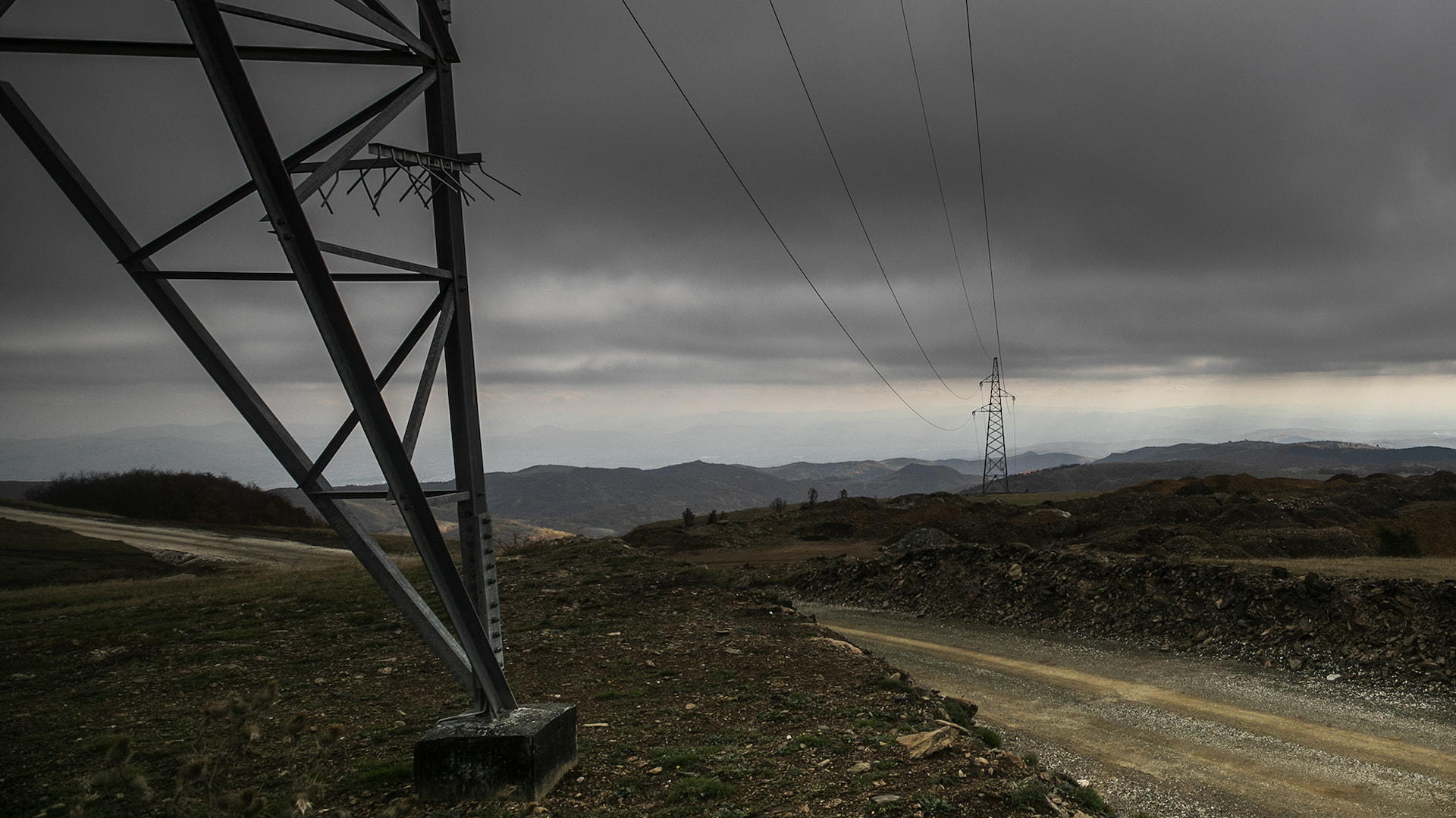
Energy blackouts: What, how and why?
The answer takes us back in time.
|11.01.2022
|
KEK, KEDS, KESCO, KOSTT, ERO: Who, what?
Energy crisis in the region.
Kosovo A and Kosovo B, which are prone to suffering unpredictable breakdowns, remain the only substantial source of electricity in Kosovo.

Gentiana Paçarizi
Gentiana Paçarizi is managing editor at K2.0. She has completed a master’s degree in Journalism and Public Relations at the University of Prishtina ‘Hasan Prishtina’.
This story was originally written in Albanian.